If you’d told me a couple of weeks ago that a week or so after I returned from my trip, having had pasta about 10 times in as many days while in Italy part of the trip, I’d have thought you were crazy. In a general year, I don’t eat much pasta, as you may remember if you’ve been reading my blog for any length of time. I love the stuff, but I just try to limit those kinds of carbs.
But then, since I don’t think I’ve talked about it, my friend Cherrie and I both returned home with food poisoning. She was ill on her return flight. I didn’t get sick until the moment I walked into my house, and then I was just about down flat for 4 days, and only slightly better after that. She and I have pinpointed the culprit as a savory flan we both ordered at our “farewell to France” dinner, our last night in Paris. It’s the only thing just she and I ate at the restaurant meal. It took a full 10 days for that illness to work its way through my system. And I didn’t know it was food poisoning until I went to a doctor. I ate so much oatmeal, rice, yogurt, applesauce, toast and bananas that I don’t know if I ever want any of those things again. Well, except yogurt. I haven’t lost my love of yogurt. Anyway, finally, the day I made this, my tummy began to feel better and I hadn’t had any of those stomach-wrenching pains I’d been having for 10 days, and food began to sound good again.
And I craved pasta, but not just any pasta – I had in mind this casserole I used to fix years and years ago (back in the 60s and 70s). Over the years I’ve adapted it here and there, and never put it on my blog (I guess) because it’s such a simple dish. For me, though, it represented comfort food. I didn’t want mac and cheese, but I wanted some ground beef and tomatoes and pasta. So, it took no time at all to throw this together and I now have 4 more ample single-serving casseroles of it in the freezer.
This is just a combo of ground beef, onions, garlic, seasonings, canned tomatoes, cheddar (or Velveeta in my case because I had some in the refrigerator – because I’d tried to eat a toasted cheese sandwich one of my days when I was really sick) and Mozzarella. I also added a little jot of Worcestershire sauce too, though that was never in my original recipe. If you do a search for Johnny Marzetti, I expect you’ll get about 6 million results. It’s spelled all different ways (like Marzett, Mazetti, Mazetter), and who knows who Johnny was, way back when. But a dish is named after him.
Casseroles in general are meal stretchers – this one with pasta and tomatoes in it, it resembles spaghetti. Actually, when I made it I scooped some into a single-serving casserole dish, topped it with Mozzarella and didn’t even bake it – I stuck it under the broiler in my toaster oven until it turned golden brown. But baking for about 15 minutes will heat it full, all the way through. If you’re in a gigantic hurry, don’t bother with the baking – just stir in the cheese until it melts and scoop it onto plates.
What’s GOOD: This is a really easy and simple dish to throw together in about 30 minutes or so. While the pasta water is heating, make the sauce. Once the pasta is done, combine everything, add the cheese and you’re done. Or bake for a little bit. It’s a kid-pleaser and will feed a crowd for not a lot of $$.
What’s NOT: it isn’t a sophisticated dish in the least – just good old plain food – but tasty. No down side that I can think of.
Files: MasterCook 5+ and MasterCook 14 (click on link to open recipe in MC)
* Exported from MasterCook *
Johnny Marzetti
Recipe By: My own version of a very old recipe from a community cookbook, circa 1965.
Serving Size: 7 (or fewer if you have big appetites)
12 ounces pasta — your choice (penne, linguine, spaghetti, spirals)
1 pound ground beef
1 large yellow onion — diced
2 cloves garlic — minced
15 ounces diced tomatoes — including juice
2 teaspoons Italian seasoning
1 tablespoon dried oregano — crushed in your palms
1 teaspoon salt
1/2 teaspoon ground black pepper
1 1/2 teaspoons Worcestershire sauce
2/3 cup shredded cheddar cheese — (I used Velvetta because I had it open)
12 ounces Mozzarella cheese — shredded
1. Bring a large pot of water to a boil. Add about a teaspoon of salt and stir well. Add pasta and simmer it until it’s not quite done, but just about.
2. Meanwhile, in a large skillet brown the ground beef until no pink remains. Add onion and continue cooking for 5-10 minutes until onion is fully translucent. Add tomatoes and juices.
3. Preheat oven to 350° F.
4. Add the garlic, seasonings, salt, pepper and Worcestershire.
5. Drain pasta well, then pour into the skillet with the meat mixture. Add the cheeses, saving some of the Mozzarella to sprinkle on top.
6. Pour into individual ramekins or into a 8×10 or other shaped baking dish. Top with cheese and bake for 10-15 minutes until cheese is melted. If you like the cheese browned, turn on the broiler just until the cheese begins to get golden brown. Remove from oven and allow to sit for 5 minutes, then serve. Serve with a green salad and an Italian vinaigrette.
Per Serving: 603 Calories; 34g Fat (50.7% calories from fat); 31g Protein; 43g Carbohydrate; 3g Dietary Fiber; 110mg Cholesterol; 637mg Sodium.





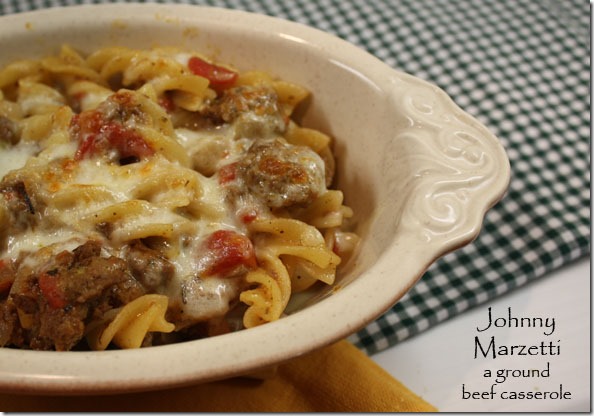

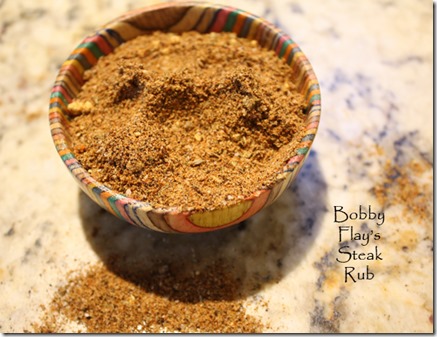
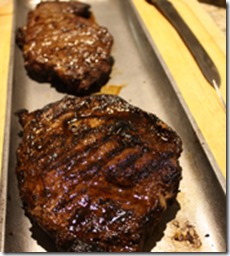
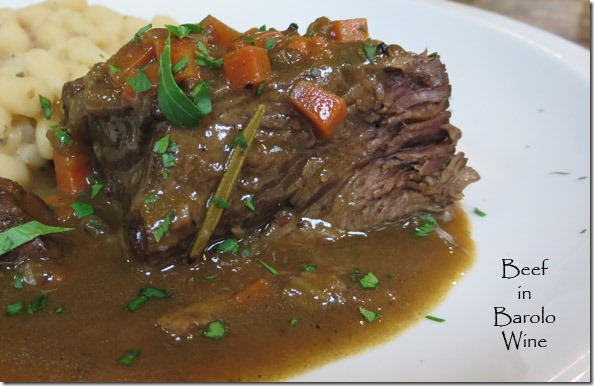
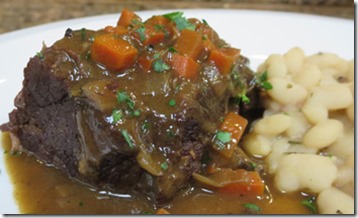
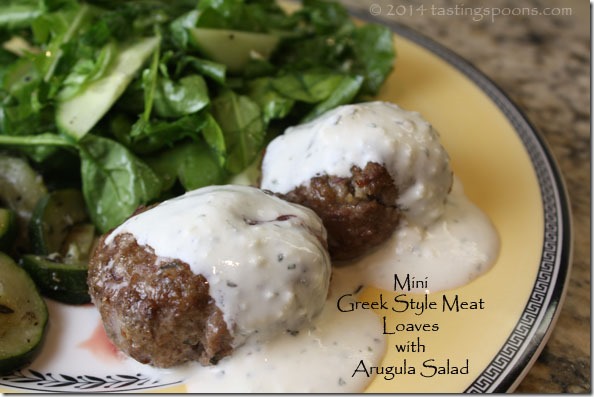
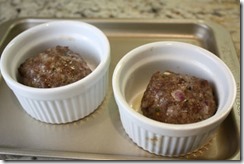
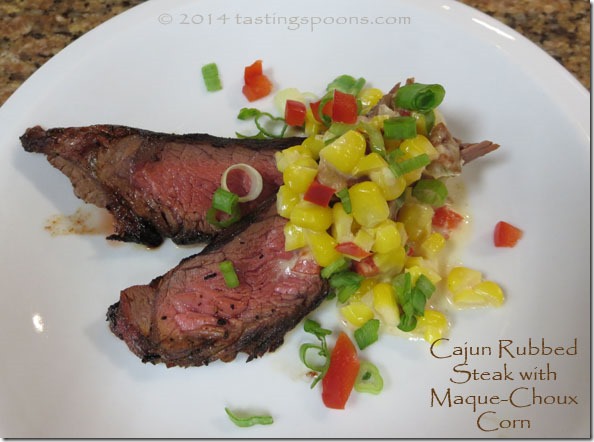
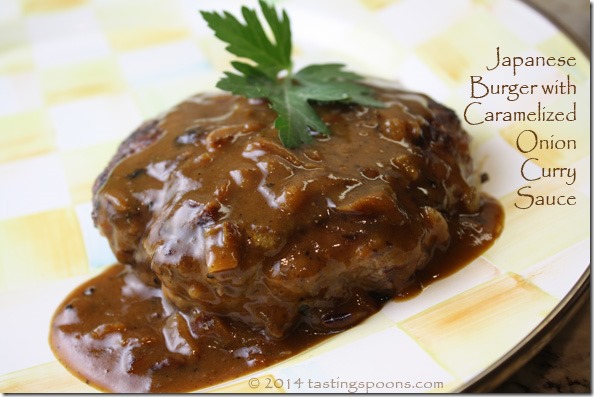
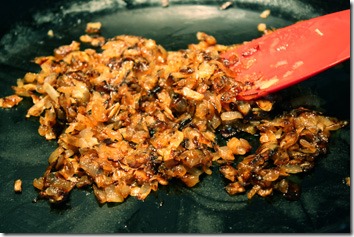
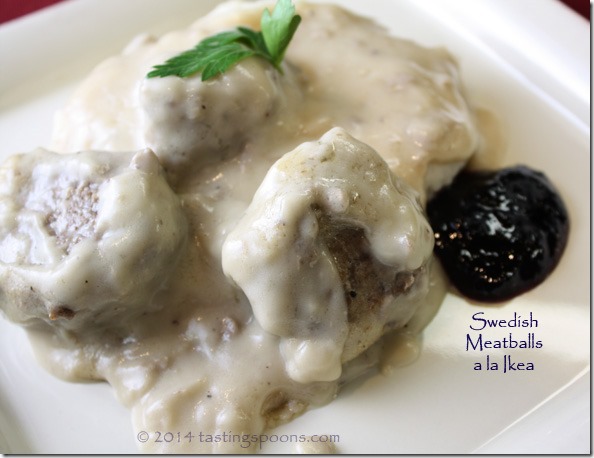
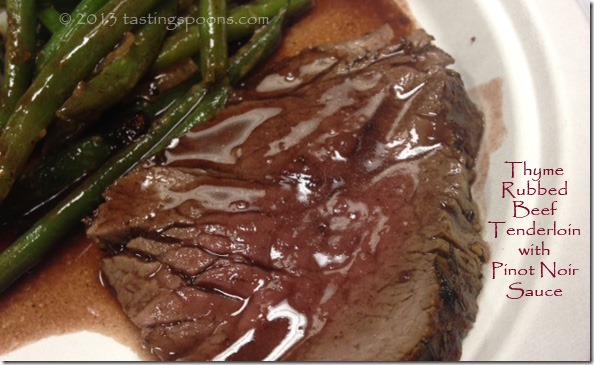
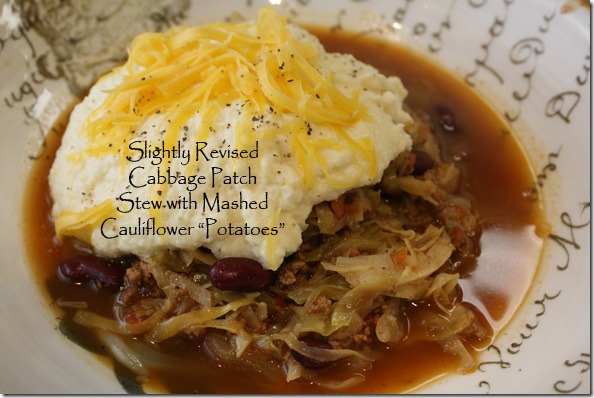
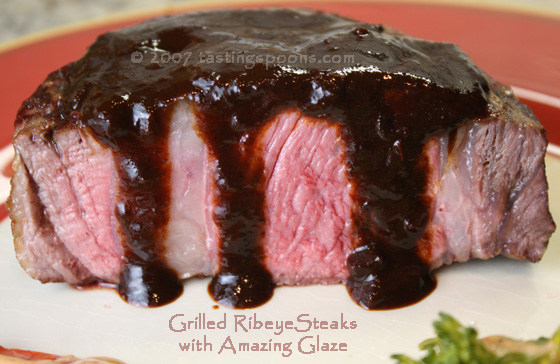

Leave a Comment!